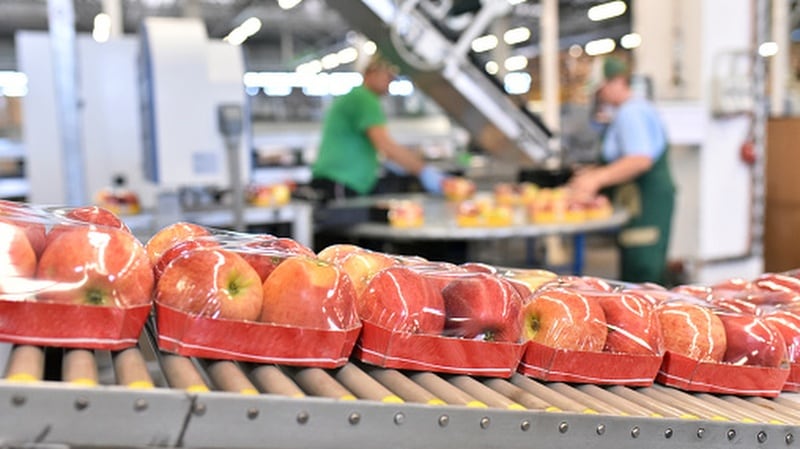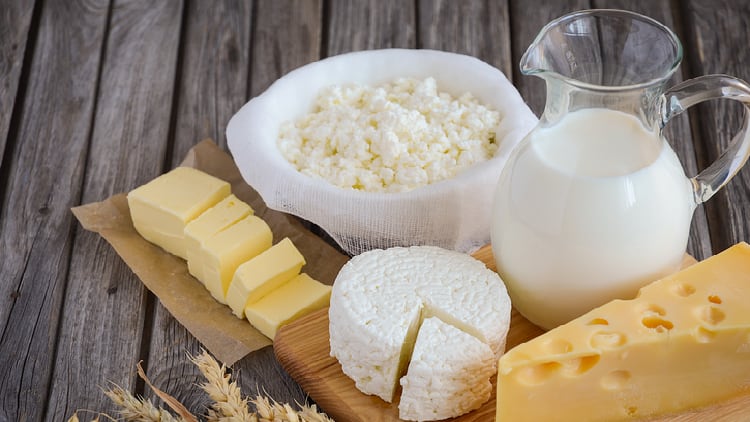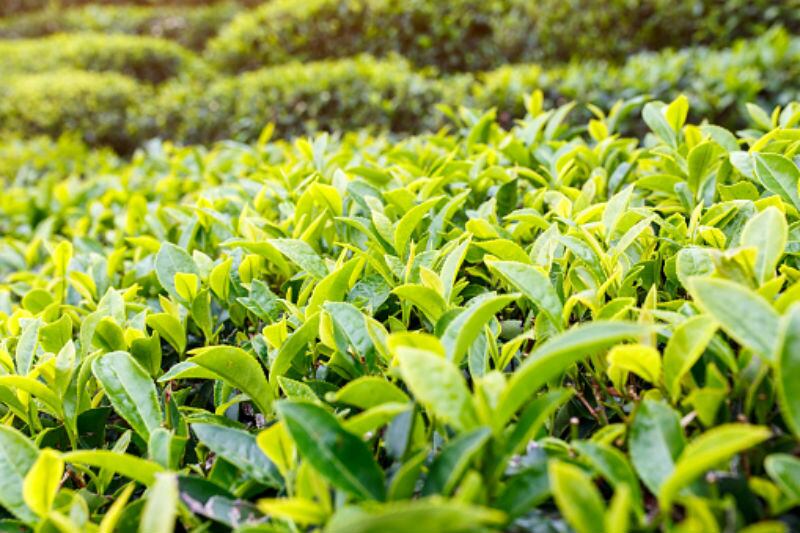China has been steadily working from a policy perspective to combat what has been dubbed the ‘excessive packaging’ phenomenon locally for several years, starting with regulations to restrict the use of excessive material in packaged food and cosmetic products in 2021, and strict bans on the packaging material for festive foods in 2022.
Most recently, fresh foods and agricultural produce as well as foods purchased via e-commerce have come under the limelight with a new set of guidelines issued earlier this year in September, as was promised by the government late last year.
The new standard was drafted by the local Ministry of Agriculture and Rural Affairs (MARA) and announced by the State Administration for Market Regulation (SAMR), and will come into force on from net bags to liners, giving local food firms a six-month transition period to make all necessary changes.
“This standard will provide a legal basis and backing to guide the strengthening of whole supply chain management when it comes to the excessive packaging of commodities,” SAMR stated via a formal statement.
“This will be the standards by which all businesses producing and managing fresh agrifood products need to adhere to, to ensure that the packaging they use is appropriate, rational and standardised according to market supervision.
The impacts of this new standard are expected to reach all the way down the supply chain, given that fresh agrifood items are at the core of all packaged food production and the standard covers all the five major agrifood categories.
“The five major categories covered by this standard are vegetables (including edible fungi), fruits, livestock and poultry meats, aquatic products and eggs,” the agency added.
“Technical indicators and measurements have been provided to help food businesses determine whether their products are over-packaged with excessive material; and both SAMR and MARA will be working with the relevant departments to supervise and enforce this moving forward.”
Given the major impact this change is expected to have on the local food and beverage sector, SAMR followed up the announcement of the new standard with a guidance document to clarify major predicted queries.
“The first thing to emphasise is that all agrifood products will need to meet these mandatory standards under law, and any not in compliance may not be produced, sold, imported or provided in China – [so] all products meant for domestic sale must comply [no matter] the origin if imported,” it said.
“[Many queries arose as to the] packaging of the products if sold via e-commerce – after deliberation, it has been determined that due to the perishable characteristics of agrifoods, there is a need for additional packaging to protect and preserve these during the supply chain and delivery.
“As such, packaging related to protective functions during e-commerce logistics such as cooling, gas regulation, moisture prevention and other freshness preservation will be considered as ‘logistics packaging’ and not ‘sales packaging’, hence not considered under this standard.”
The guidance document, presented as a set of industry queries, can be found here. [Link in Chinese]
Standards to note
SAMR has provided three specific technical indicators for firms to determine whether their products are overpackaged, the first of which is that an upper limit of 10% to 25% packaging void rate (essentially the volume of empty space) has been mandated according to the product category and packaging weight.
The second is that vegetables and eggs are allowed no more than three layers of packaging, and fruits, meat and seafood products no more than four layer of packaging.
“In calculating the number of packaging layers, firms should note that any net bag/sleeve used to contain the product is counted as one layer, and a package made from the stacking of two different materials is also counted as one layer,” SAMR added.
“It may also be useful to consider that the use of simply ropes, labels, liners, fillers, buffers or tightly-attached shrink film is not considered a separate layer.”
The third indicator provided is that the ratio of packaging cost to the sales price of the actual agrifood products must not exceed 20% for general items; and 15% for strawberries, cherries, bayberries, loquats, meat, seafood and eggs with a sales price of over CNY100 (US$13.70) per sales unit.
“All ‘sales packaging’ from net bags to liners shall be included in the packaging cost, but ‘logistics packaging’ can be excluded,” the agency added.
All agrifood products produced or imported before the date of enforcement can continue to be sold until the end of shelf life.





